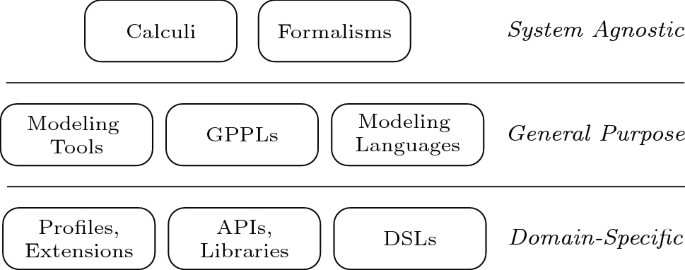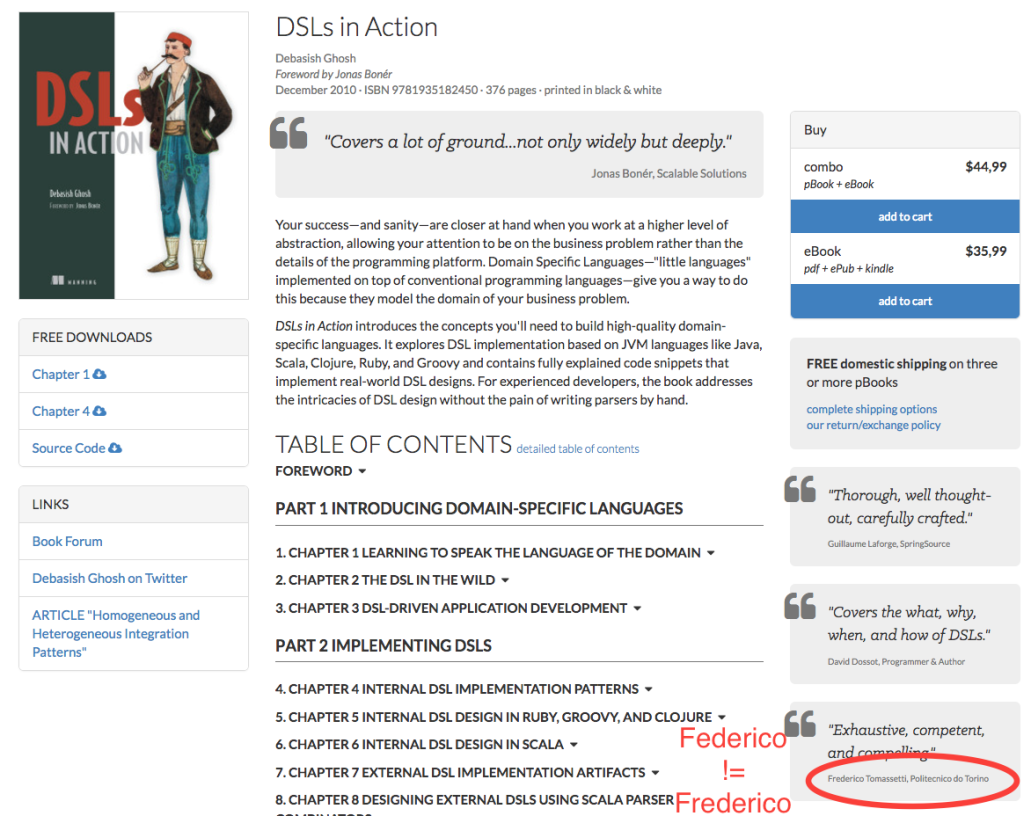

- Domain specific languages martin fowler online pdf pdf#
- Domain specific languages martin fowler online pdf update#
- Domain specific languages martin fowler online pdf software#
Wherever possible, chapters are organized to be self-standing, and most reference topics are presented in a familiar patterns format. This book's techniques may be utilized with most modern object-oriented languages the author provides numerous examples in Java and C#, as well as selected examples in Ruby.
Domain specific languages martin fowler online pdf software#
Then, where DSLs prove suitable, Fowler presents effective techniques for building them, and guides software engineers in choosing the right approaches for their applications.


In Domain-Specific Languages, noted software development expert Martin Fowler first provides the information software professionals need to decide if and when to utilize DSLs. In Domain-Specific Languages, noted software development expert Martin Fowler first provides the information software professionals need to decide if and when to utilize D When carefully selected and used, Domain-Specific Languages (DSLs) may simplify complex code, promote effective communication with customers, improve productivity, and unclog development bottlenecks.
Domain specific languages martin fowler online pdf pdf#
I’m a developer of a modeling tool “Astah” ( ) and exploring ways to incorporate the concept of DSL or to collaborate with DSL tools and workbenches.Īlso a PDF version of the mindmap is available for printing in A3 or bigger paper -> DomainSpecificLanguagesByMartinFowler.When carefully selected and used, Domain-Specific Languages (DSLs) may simplify complex code, promote effective communication with customers, improve productivity, and unclog development bottlenecks. (EDIT 5/6: “moro-miso” is now incorporated with “cucumer-rails”, thanks I recently attended the DSM(Domain Specific Modeling) workshop at SPLASH 2010 which Steven Kelly at MetaEdit hosted and knew the concept of “language workbench”, so I learned a bit about other workbenches and added info to at the right bottom.Īlso, InfoQ has some good articles about MD*, which I added at the left bottom. One of my colleagues, has been developing “ moro-miso” which works with Cucumber and helps use Japanese terms in the testing language. I put “DSL populates the Semantic Model” message and the diagram into the center of the mind map.Īmong the four “why”s of DSL, I really liked “Communication with Domain Experts” aspect as an Agilista. I advocate a Semantic Model because it provides a clear separation of concerns between parsing a language and the resulting semantics… Īll the DSL does is provide a readable way of populating that model – that is the difference from the command-query API I started with.įrom the DSL’s point of view, I refer to this model as the “Semantic Model”(159)… If I would choose one quote from the book, it would be about a Semantic Model and DSLs. (Useful patterns, which reminded me of the “Dragon Book”.) That’s why I started reading the book, and to me, “Part I” is the part I should read and the other parts are for DSL designers.
Domain specific languages martin fowler online pdf update#
So I have been feeling nostalgic about this movement, and wanted to update my knowledge to date. 20 years ago, I was a Unix-hand and a heavy user of yacc/lex tools to incorporate “my languages” into my application. I’m finding that Ruby’s capability of meta-programming, flexible syntax, blocks(closures), and literal expressions have a great power to design internal DSLs. And they naturally became big fans of Cucumber testing, Rake files, … and other Ruby DSLs(internal/external). Recently, my colleagues are rapidly moving from Java to Ruby, first because they have found that Java + XML config of Web application was much more cumbersome that Ruby on Rails. Here’s the (personal)mind map of the book.(click to magnify img. “Domain-Specific Languages” by Martin Fowler. Today, I finished reading the thick black book.


 0 kommentar(er)
0 kommentar(er)
